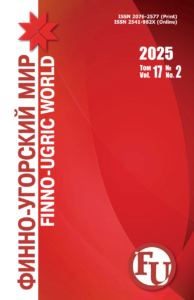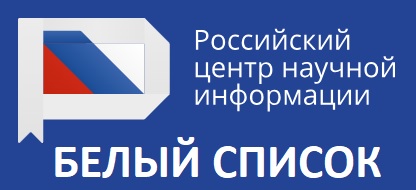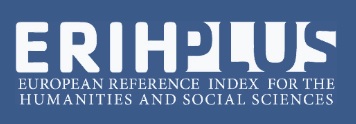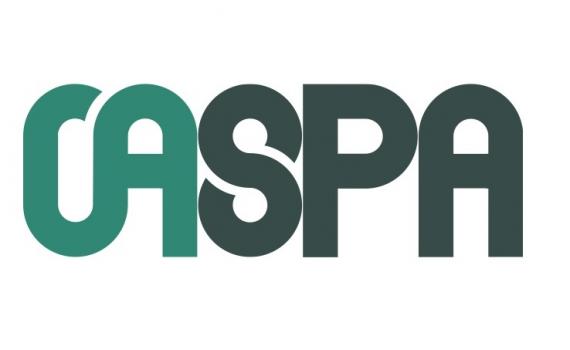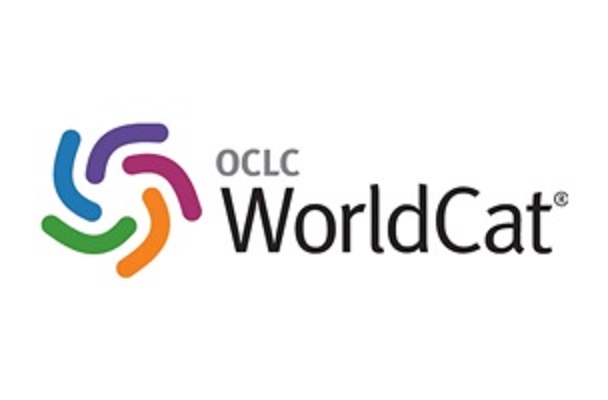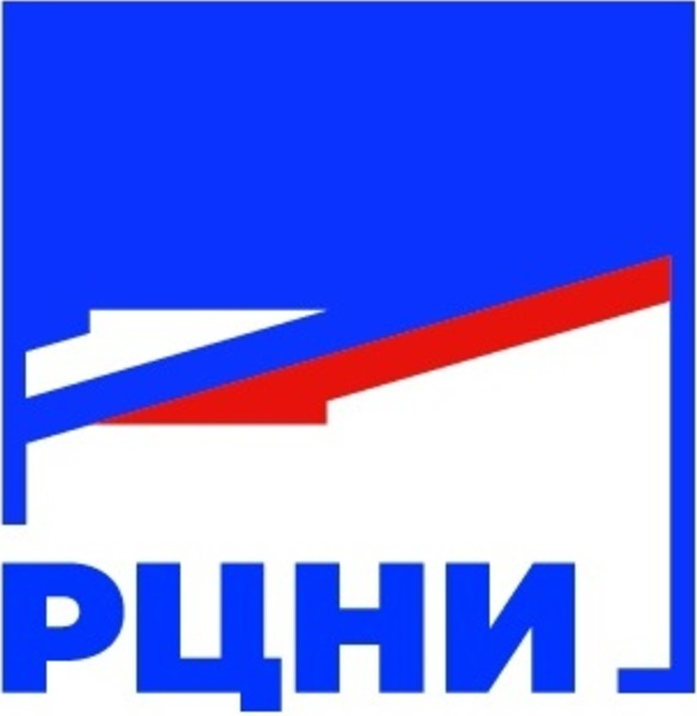The author’s understanding of the national picture of the world in the novel “Stepan Erzia” by K. Abramov
Antonova Vera I.,
Doctor of Philology, Professor, Department of Journalism,
Ogarev Mordovia State University (Saransk, Russia), belkich@rambler.ru
Goliakov Andrei N.,
Post-graduate student, Department of Finno-Ugric Literature,
Ogarev Mordovia State University (Saransk, Russia), moscow-kremlin777@list.ru
Mishanin Iurii A.,
Doctor of Philology, Professor, Department of Journalism,
Ogarev Mordovia State University (Saransk, Russia), filfak.mgu@mail.ru
Introduction. The article emphasizes that the most important means of reflecting the appearance of Stepan Nefedov (Erzia) in the novel of the same name by K. Abramov was a deep, thoughtful reconstruction of the national picture of the world, socio-cultural, ethical and everyday background of the time when the sculptor lived. Scholars from many fields express great interest to the problem of the author’s interpretation of the national picture of the world depicted in this work. A comprehensive analysis of this issue is of crucial importance for contemporary literature, since any artistic context requires a multidimensional study. The object of the research is a novel-trilogy about “Stepan Erzia” by K. Abramov, an original aesthetic phenomenon in the national and cultural discourse of Mordovia; the subject is the specific features of the individual and author’s view on the national picture of the world in the novel in the context of national identity and ethnic outlook. The purpose of the work is to consider the nature of the author’s interpretation of the national picture of the world in the novel “Stepan Erzia”.
Materials and Methods. The empirical data of the paper is a novel-trilogy “Stepan Erzia” by K. Abramov. Reliability and academic validity of the results are ensured both by the use of traditional methods (comparative, typological, historical, etc.) and by modern approaches of the humanitarian profile to the study of specific artistic facts and images (contextual, cultural, informational, etc.). It is also provided by the large scale of the empirical base of the research, compiled with the help of a representative selection of the source material and its subsequent correct interpretation as well as the correlation of author’s hypotheses with universally recognized ideas and conclusions in the field of history, theory and practice of literary criticism, considering specific features of historical and biographical works.
Results and Discussion. Analyzing the national originality of K. Abramov’s work, we can conclude that any ethnic group, any cultural integrity possess “national mindset”, predetermining the national outlook on the world. In accordance with the hypothesis, the authors’ understanding of the national outlook of the world as if a conscious idea of the world, mythology, philosophy, language, ethnology, folklore of a particular nation, the way of its social, economic, family life, which are formed under the influence of an epoch, environment, habitat conditions, cultural and historical development, psychological features of the national character, the influence of religious systems, etc.
Conclusion. The novel-trilogy “Stepan Erzia” shows the national worldview of K. Abramov, reflects his private, personal “I” as well as ethnic and mental nature of the nation, its picture of the world. The writer’s national consciousness and his worldview established the socio-cultural basis of the ethnic stylization of the work. The form of this phenomenon can be seen though the systematics of the novel (from the plot to the compositional component), as well as the characters which embodied the national essence.
Key words: The author’s comprehension; world view; literature; nation; identity; problem; unique culture; novel.
For citation: Antonova VI, Goliakov AN, Mishanin IuA. Avtorskoe osmyslenie natsional’noi kartiny mira v romane K. Abramova «Stepan Er’zia» [The author’s understanding of the national picture of the world in the novel “Stepan Erzia” by K. Abramov]. Finno-ugorskii mir = Finno-Ugric World. 2017; 2: 6–19. (In Russian)
1. Abramov K. Sobranie sochinenii: v 7 t. T. 3: Stepan Erzia: biogr. roman. Kn. 1 i 2 [Collected works: in 7 vol. Vol. 3: Stepan Erzia: biography novel. Book 1 & 2]. Saransk; 1999. (In Russian)
2. Arutiunova ND. Iazyk i mir cheloveka [Language and the world of man]. Moskva; 1999. (In Russian)
3. Belinskii VG. Sobranie sochinenii: v 9 t. T. 4 [Collected works: in 9 vol. Vol. 4]. Moskva; 1979. (In Russian)
4. Berdiaev NA. Russkaia ideia: osnovnye problemy russkoi mysli XIX veka i nachala XX veka [The Russian idea: basic problems of Russian thought the XIX century and early XX century]. O Rossii i russkoi filosofskoi kul’ture = About Russia and Russian philosophical culture. Moskva; 1990: 43–48. (In Russian)
5. Gogol’ NV. Neskol’ko slov o Pushkine [A few words about Pushkin]. Sobr. soch.: v 6 t. = Collected works: in 6 vol. Moskva; 1950; 6: 34. (In Russian)
6. Esaulov IE. Natsional’noe samosoznanie v russkoi klassicheskoi literature i ego transformatsii v otechestvennom literaturovedenii [National identity in the Russian classical literature and its transformation in the Russian literature]. Available from: http://transformations.russian-literature.com/nacionalnoe-samosoznanie-v-russkoj-klassicheskoj-literature-i-ego-transformacii‑v-literaturovedenii (accessed 15.12.2016). (In Russian)
7. Zakharov VN. Problemy istoricheskoi poetiki: etnologicheskie aspekty [Problems of historical poetics: ethnological aspects]. Moskva; 2013. (In Russian)
8. Makovskii MM. Iazyk–mif–kul’tura: simvoly zhizni i zhizn’ simvolov [Language–myth–culture: symbols of life and the life of symbols]. Moskva; 1996. (In Russian)
9. Malkina EA. Natsional’nyi mir kak khudozhestvennaia model’ v literaturakh narodov Rossii: avtoref. … dis. kand. filol. nauk [National world as an art model in the literatures of the peoples of Russia. Abstract of cand. philol. sci. dis.]. Moskva; 2008. (In Russian)
10. Postovalova VI. Nachalo i konec v pravoslavnom mirosozercanii [The beginning and the end in the Orthodox world view]. Logicheskii analiz iazyka: Semantika nachala i kontsa = Logical analysis of language: Semantics of the beginning and end. Moskva; 2002: 608–632. (In Russian)
11. Cherniavskaia IuV. Narodnaia kul’tura i natsional’nye traditsii [Folk culture and national traditions]. Moskva; 1998. (In Russian)
12. Sheianova SV. Sovremennyi mordovskii roman: problematika, poetika: monografiia [Modern Mordovian novel: problems, poetics: monograph]. Saransk; 2013. (In Russian)
13. Ebanoidze AL. Natsional’naia spetsifika literatury – anakhronizm ili neot”emlemoe kachestvo? [National identity literature – an anachronism or an inherent quality?]. Znamia = Banner; 2000; 9: 202–213. (In Russian)


